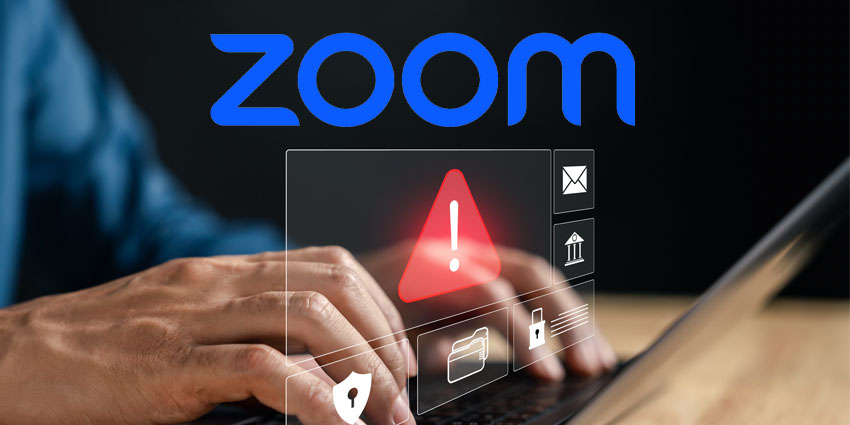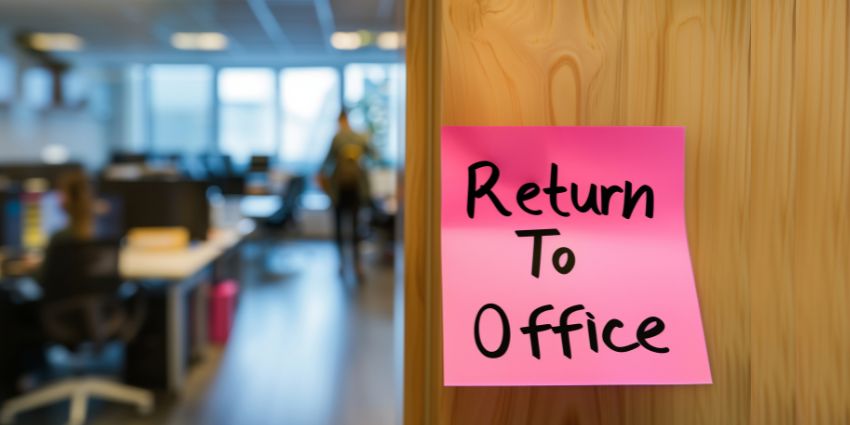The rise of the COVID-19 pandemic created a massive shift in the way people live and work. Though some parts of the world are beginning to support a gradual return to the office, there’s no going “back to normal”.
According to Chief Revenue Officer at leading communication technology company Poly, Carl Wiese, the pandemic accelerated the existing digital transformation strategies of most companies. Now, organisations are figuring out how to shift from “survive” mode, to thriving in the age of the new normal.
As one of the largest providers of conferencing devices, phones, and headsets, Poly offers innovative solutions to help people collaborate and connect wherever they are. According to Weise, CIO and IT leaders in almost every industry have been in conversations with Poly about how they can shift their strategies going forward.
Adapting to a New Era
Wiese noted that COVID-19 lead to three states for companies: survive, alive, and thrive. People started in survival mode, but they’re now beginning to plan for the “stay alive” stage. This means making a few essential changes to the tech stack. For instance, it’s clear that video conferencing is here to stay.
Before the pandemic, people rarely used video for conversations. Now, we all rely on video to maintain a sense of human connection. This trend will continue during the return to the office. Wiese also believes that there will be a new wave of purchases focused on outfitting the home office. PCs, monitors, headsets, and camera sales will be on the rise. Even as offices reopen, many employees will still spend a portion of their time working remotely.
The remote working environment has also inspired a wider adoption of video tools in all environments. However, companies need to make sure that they’re building the right conferencing experiences. This means that new purchasing trends will emerge for things like noise-cancellation headsets and better cameras.
The Changing Workplace
Even as companies begin to bring workers back to the office, the workplace isn’t going to be the same. Team meetings are likely to be massively reduced, with only a few people per room. Huddle rooms may become individual meeting rooms, as people need to avoid being too close.
Wiese said that many executives have spoken to him about continuing their telecommuting practices going forward, to maintain social distancing. Office layouts may need to change for this reason too. Many businesses are unsure what the office environment might look like in the future. Some companies have even claimed that they’re going to ensure no more than 10 people are physically in a meeting for the rest of the calendar year.
Other companies might rotate the employees in the office, having some team members stay at home, and other attend the office on opposing days.
At the same time, COVID-19 has forced companies to rethink the tools they use. In addition to the right headsets and video tools, companies are also exploring meeting tools like Zoom, or Microsoft Teams. Employers are combining new meeting tool policies with work-from-home guidelines to help team members thrive.
Speeding into the Future of Cloud
COVID-19 also accelerated the adoption of cloud technology, according to Wiese. Cloud platforms are going to be more essential than ever moving forward. The pandemic has been a catalyst event, pushing people into new ways of work. Changes like the switch to remote working and the demand for cloud communications may be a crucial part of the new normal.
It’s important for companies to ensure that they’re approaching the return to work in an agile way, learning from the changes that have occurred in recent months. The quarantine experience may prompt many companies to move forward with brand-new business models.
According to Wiese, the COVID-19 pandemic has fundamentally changed the way that we do things. Now companies need to be proactive about deciding what their business model is going to look like going forward.







